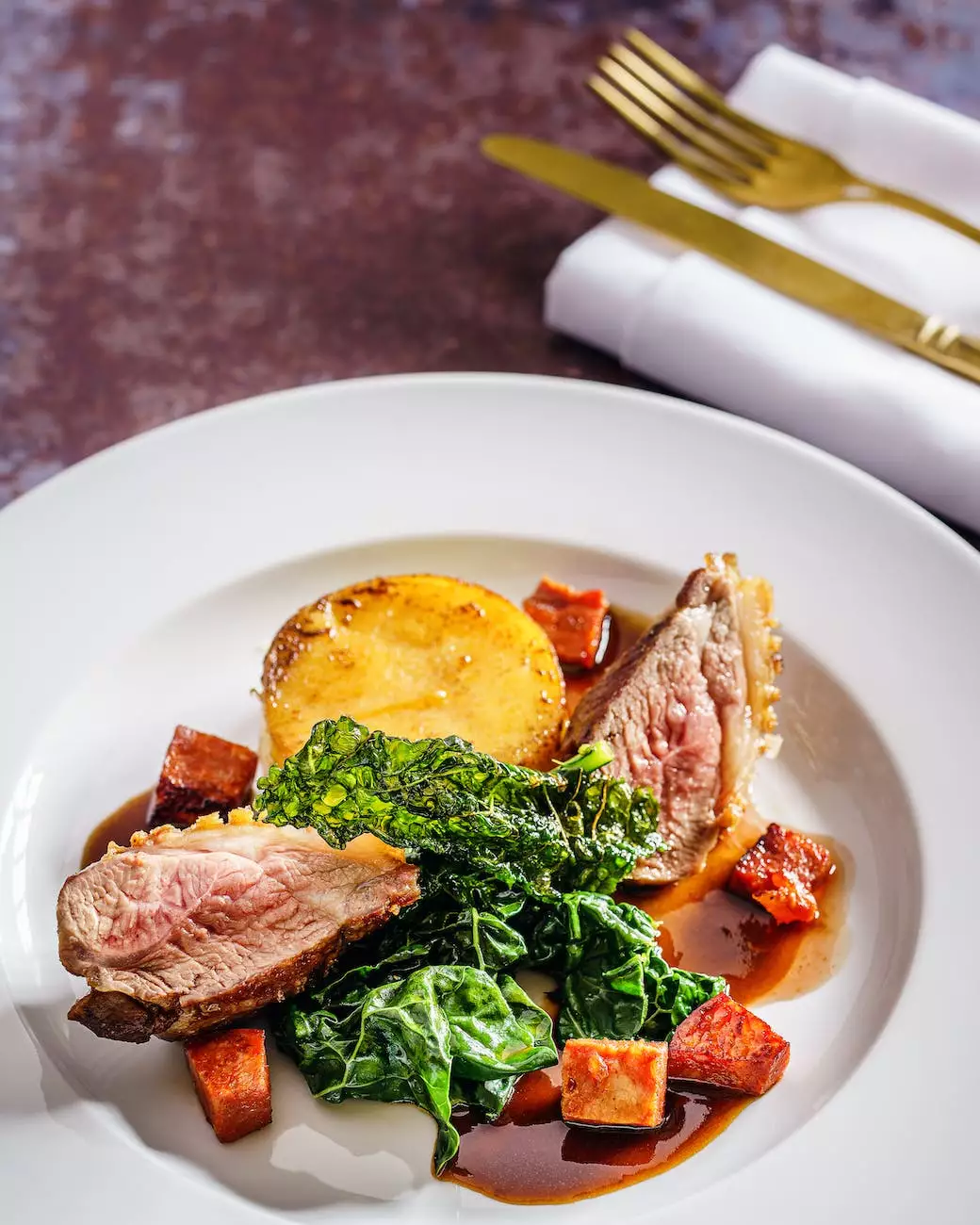New Orleans Cuisine: Cajun vs. Creole Food Infographic

Introduction
Welcome to Roxanne Weber, VOA's guide to the rich culinary traditions of New Orleans! In this article, we will explore the fascinating world of Cajun and Creole cuisines, two distinct styles of cooking that have shaped the vibrant food scene of this iconic Southern city.
Understanding Cajun Cuisine
Cajun cuisine originates from the Acadian people who migrated from Canada to Louisiana in the 18th century. This hearty and rustic cooking style is heavily influenced by French, Spanish, and West African flavors. Key ingredients in Cajun dishes include the "holy trinity" of onions, peppers, and celery, combined with local seafood, game meats, and the rich flavors of gumbo and jambalaya. Crawfish étouffée, boudin sausage, and shrimp creole are some of the must-try Cajun dishes for any food enthusiast visiting New Orleans.
The Flavors of Creole Cuisine
In contrast, Creole cuisine emerged from the diverse heritage of New Orleans, with influences from French, Spanish, African, and Caribbean cultures. Creole dishes tend to be more refined and intricate, featuring elegant preparations and a wider range of international ingredients. Creole gumbo, turtle soup, and shrimp rémoulade are just a few of the tantalizing delicacies that showcase the unique flavors and techniques associated with this culinary tradition.
The Key Differences
While both Cajun and Creole cuisines are deeply rooted in the history and culture of New Orleans, there are some notable distinctions between the two:
Ingredients
Cajun cuisine relies heavily on local ingredients readily available in the Louisiana swamps and bayous. Seafood such as crawfish, alligator, and catfish feature prominently, along with game meats like duck and rabbit. In contrast, Creole dishes often showcase imported ingredients like tomatoes, wine, and European spices, reflecting the influence of global trade in New Orleans.
Spices and Seasonings
Both styles make generous use of bold and vibrant spices, but Creole cooking tends to incorporate more complex and layered flavors. Creole dishes often feature a mix of spices like cayenne pepper, paprika, and bay leaves, while Cajun dishes rely heavily on the flavors of cayenne, black pepper, and garlic.
Cooking Techniques
Cajun cooking emphasizes one-pot dishes such as gumbo and étouffée, where the flavors are slowly developed through cooking, resulting in deep and rich flavors. Creole cuisine, on the other hand, leans towards more refined techniques and intricate preparations, showcasing the culinary artistry of New Orleans' skilled chefs.
Conclusion
New Orleans' gastronomic landscape is a treasure trove of culinary delights, with Cajun and Creole cuisines standing out as vibrant representations of the city's history and cultural heritage. Whether you're craving the bold, rustic flavors of the Cajun countryside or the refined elegance of Creole dishes, exploring the diverse culinary traditions of New Orleans is a must for any food lover.
At Roxanne Weber, VOA, we understand the importance of capturing the essence of New Orleans' culinary scene, which is why we offer specialized website development services focused on creating engaging and informative content for businesses and consumers in the food industry. Contact us today to learn more about how we can help your website stand out in the competitive online landscape.









